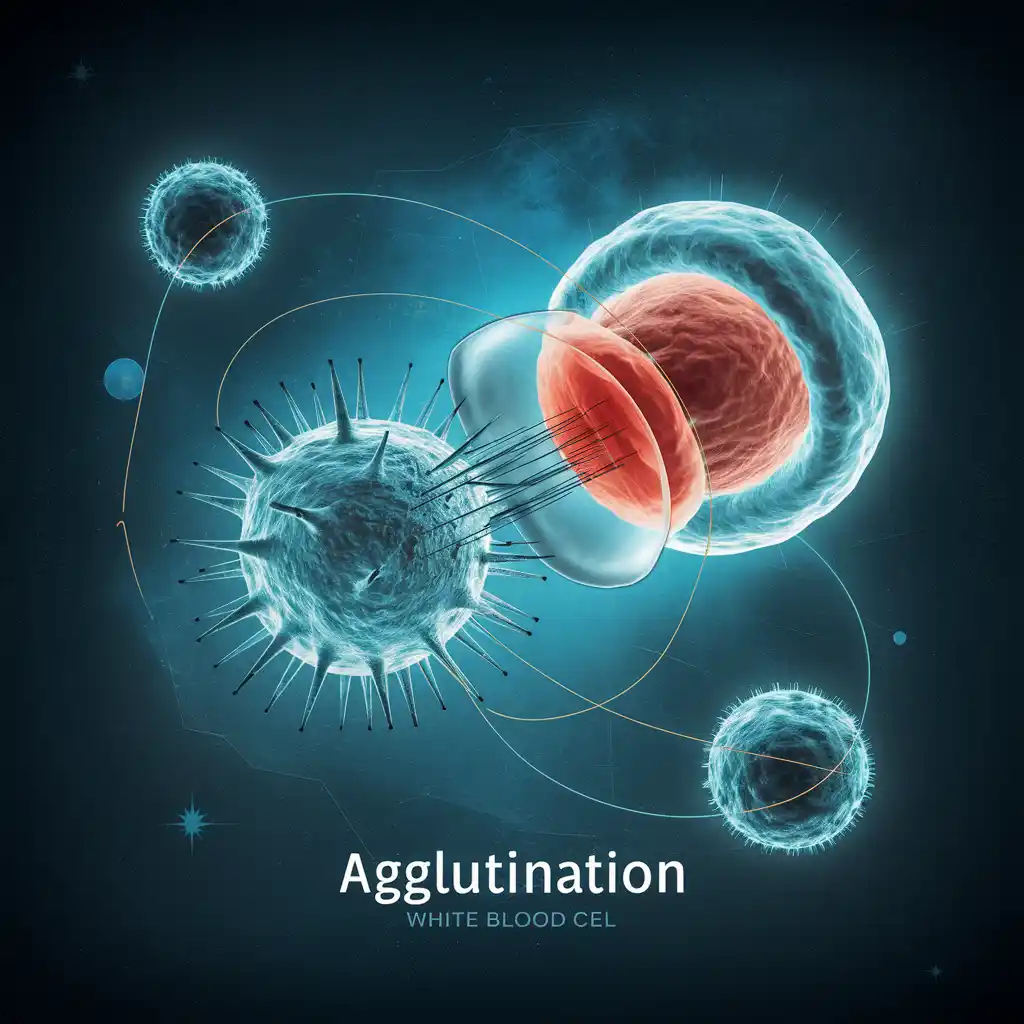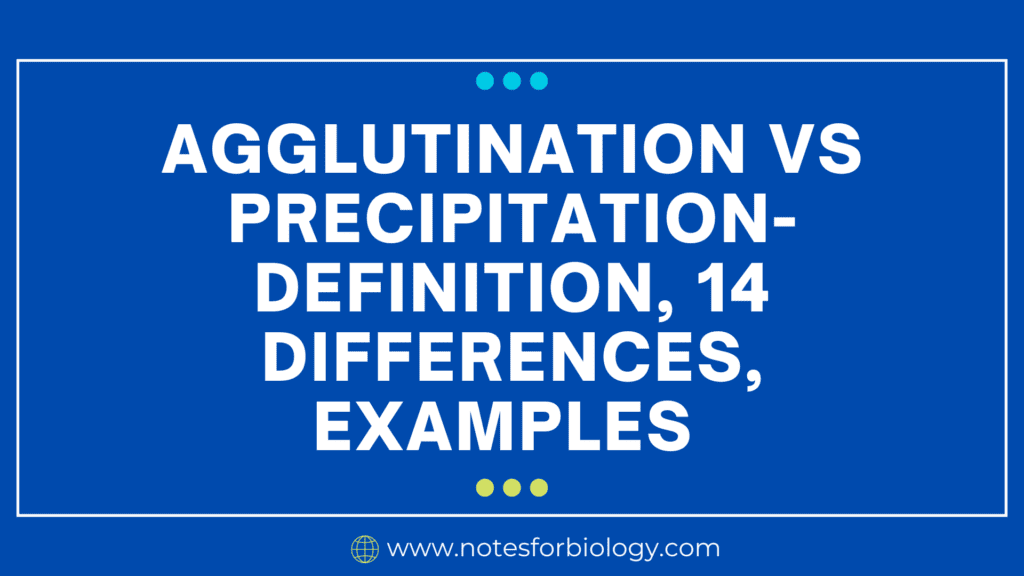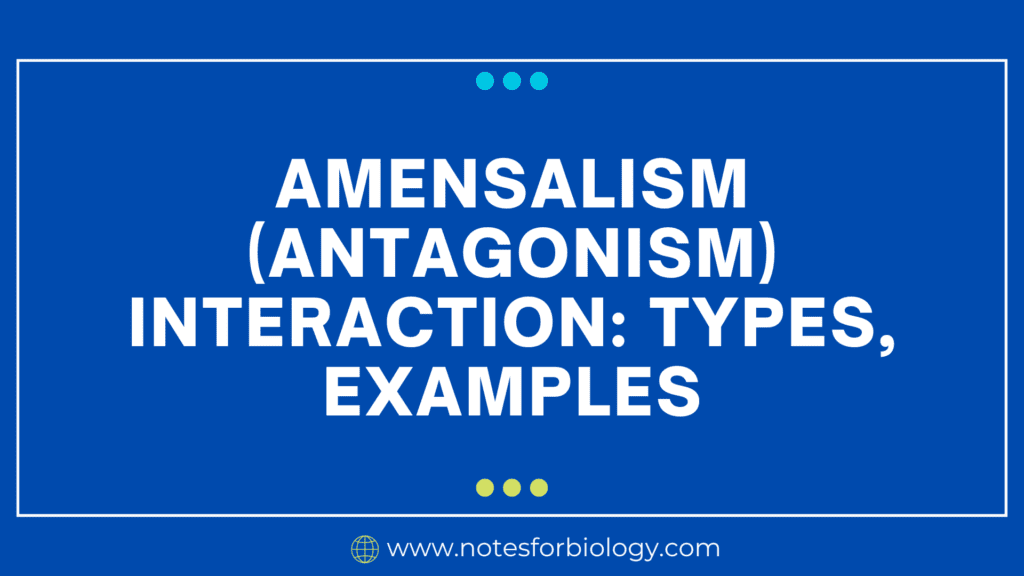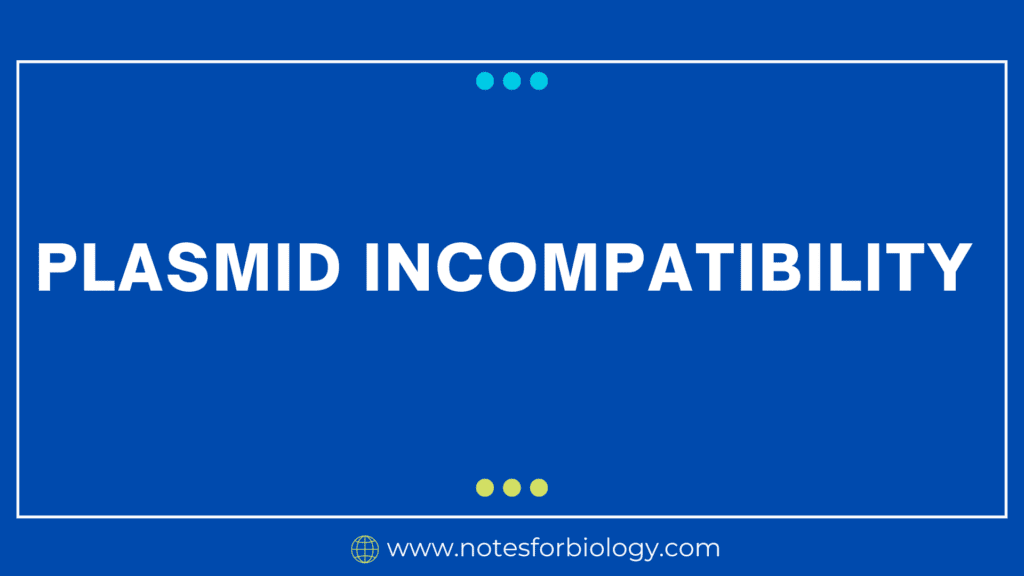Agglutination vs precipitation are both immunological reactions that occur when antigens and antibodies interact, but agglutination vs precipitation differ in terms of their procedures, results, and uses. Here is a thorough comparison:
Table of Contents
Definitions:
Agglutination

Clumping of particles is known as agglutination. This process happens when particulate antigens, including cells or insoluble particles, attach to antibodies and clump together. Red blood cells, microorganisms, or latex beads coated with antigens are frequently used to study it.
Precipitation
When soluble antigens and antibodies react, an insoluble compound is created, which is the process known as precipitation. Antigen-antibody complexes agglomerate and precipitate out of solution as a result, producing a visible precipitate.

Agglutination vs Precipitation
The differentiation of Agglutination vs Precipitation is presented below:
| S.N | Agglutination | S.N | Precipitation |
| 1) | The process of antigens and their corresponding antibodies clumping together is known as agglutination. | 1) | Precipitation is the process by which particular antibodies bind to soluble antigens at the ideal pH and temperature to form an insoluble precipitate. |
| 2) | Agglutination involves a relatively lesser amount of antigen. | 2) | Precipitation involves a relatively bigger amount of antigen. |
| 3) | Agglutination is obtained by using insoluble antigens. | 3) | Precipitation is obtained by using soluble antigens. |
| 4) | Compared to precipitation reactions, agglutination reactions are more sensitive. | 4) | Compared to agglutination reactions, precipitation reactions are less sensitive. |
| 5) | The principle of clumping of particles is the foundation of agglutination. | 5) | The principle of lattice creation (cross-linkages) is the foundation for precipitation. |
| 6) | Complex-forming chemical processes are a part of agglutination. | 6) | Ions and salt molecules interact chemically during precipitation. |
| 7) | Agglutination does not require a gel matrix. | 7) | Precipitation requires a liquid or semi-solid matrix. |
| 8) | Agglutinates are the product of agglutination. | 8) | Precipitates are the product of precipitation. |
| 9) | The agglutinins often sink to the bottom of the vessel. | 9) | The precipitins may either sink to the bottom or stay suspended. |
| 10) | Particles are the initial molecules in an agglutination reaction. | 10) | Ions are the initial molecules in precipitation. |
| 11) | The surface of the antigens must be exposed for the antibody to bind and produce visible clumps in agglutination reactions, which are surface reactions. | 11) | Both the antigen and the antibody should have the same concentration. Precipitin production is inhibited by any alteration in this equivalency. |
| 12) | Agglutination reactions might take anything from minutes to hours to finish. | 12) | Reactions to precipitation might happen within hours or days. |
| 13) | Large, observable aggregates are the ultimate result of the agglutination reaction. | 13) | Large, visibly insoluble aggregates are the final results of the precipitation reaction. |
| 14) | Agglutination reactions are helpful for classifying blood types. | 14) | Precipitation processes are helpful for pigment production and quantitative analysis. |
Summary: Agglutination vs precipitation are both immunological reactions involve antigen-antibody interactions, they differ greatly in terms of their mechanisms and uses. Agglutination is the process by which antibodies clump particulate antigens, like cells or latex beads, into visible clumps in a suspension. On the other hand, precipitation occurs when soluble antigens and antibodies combine to create an insoluble complex, which leaves behind a noticeable precipitate in a solution. Agglutination is generally more sensitive and faster; it involves IgM antibodies and is utilized in quick and easy diagnostic procedures. Thus, this describes the above Agglutination vs precipitation differences.
Frequently Asked Questions(FAQ):
Why is agglutination more sensitive than precipitation?
Agglutination creates larger complexes that are easily observable and detectable than the tiny complexes created in precipitation reactions, which is why it is more sensitive than precipitation. To add to their overall superior sensitivity, agglutination tests also frequently use simpler detection techniques and are less susceptible to changes in response conditions.
What is the functional difference between precipitation and agglutination?
Precipitation and agglutination differ functionally due to their different antigen-antibody interaction processes and the observed results that follow. When soluble antigens and antibodies interact, precipitation processes take place, resulting in the production of insoluble complexes that separate out of solution. On the other hand, agglutination is the process by which antibodies’ cross-linking activity causes particulate antigens, such as cells or antigen-coated particles, to cluster together.
Related Articles:




